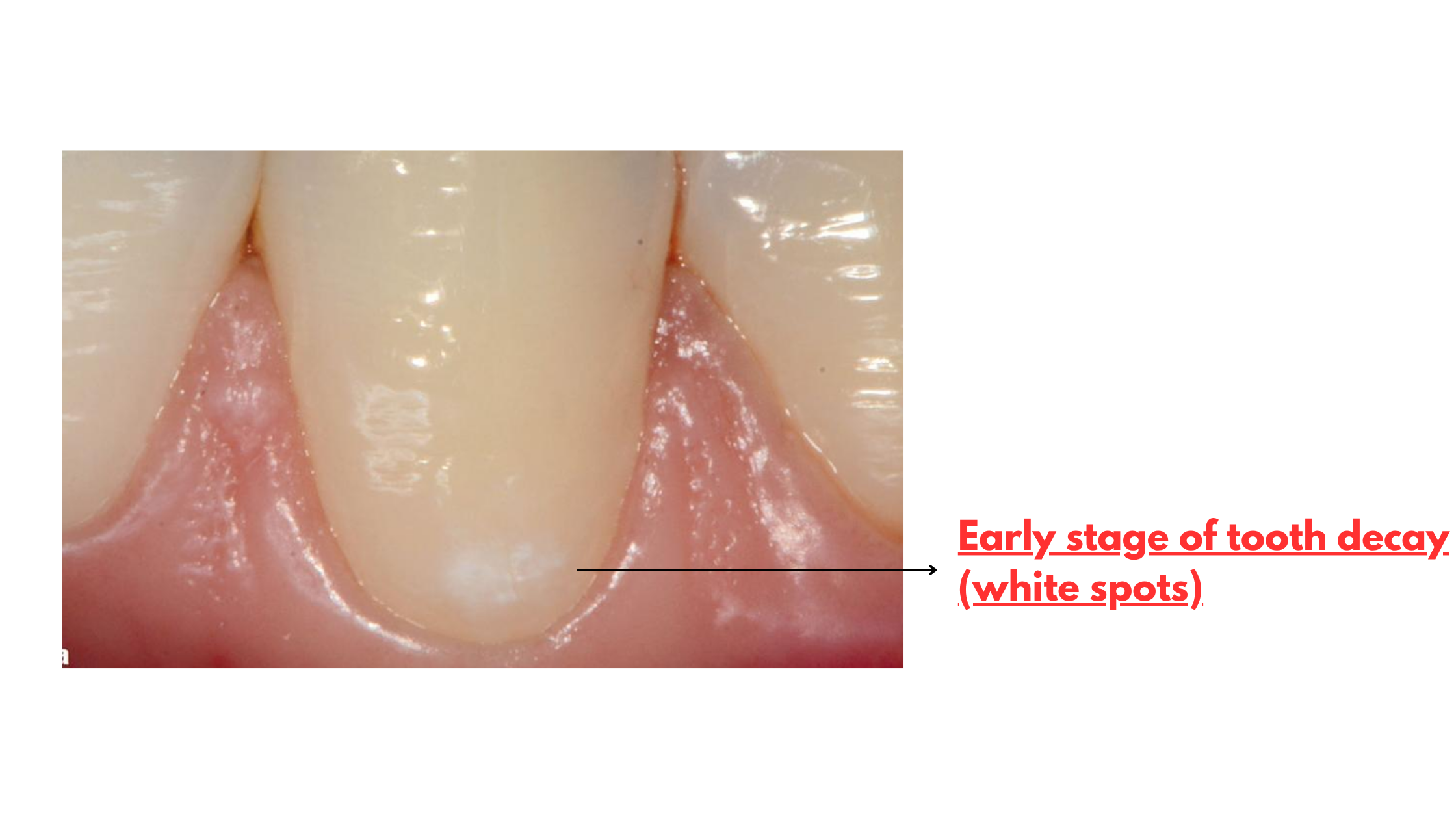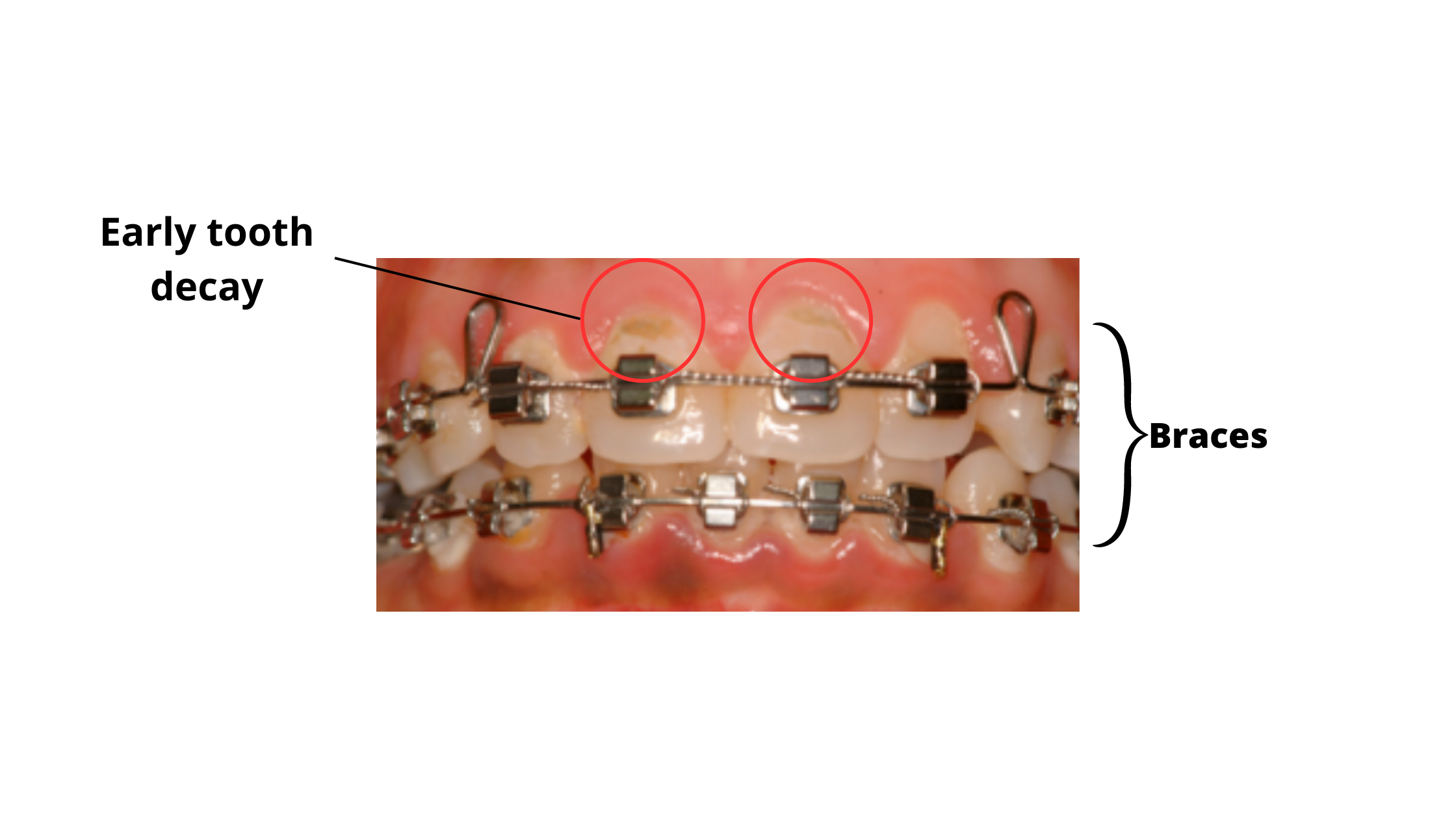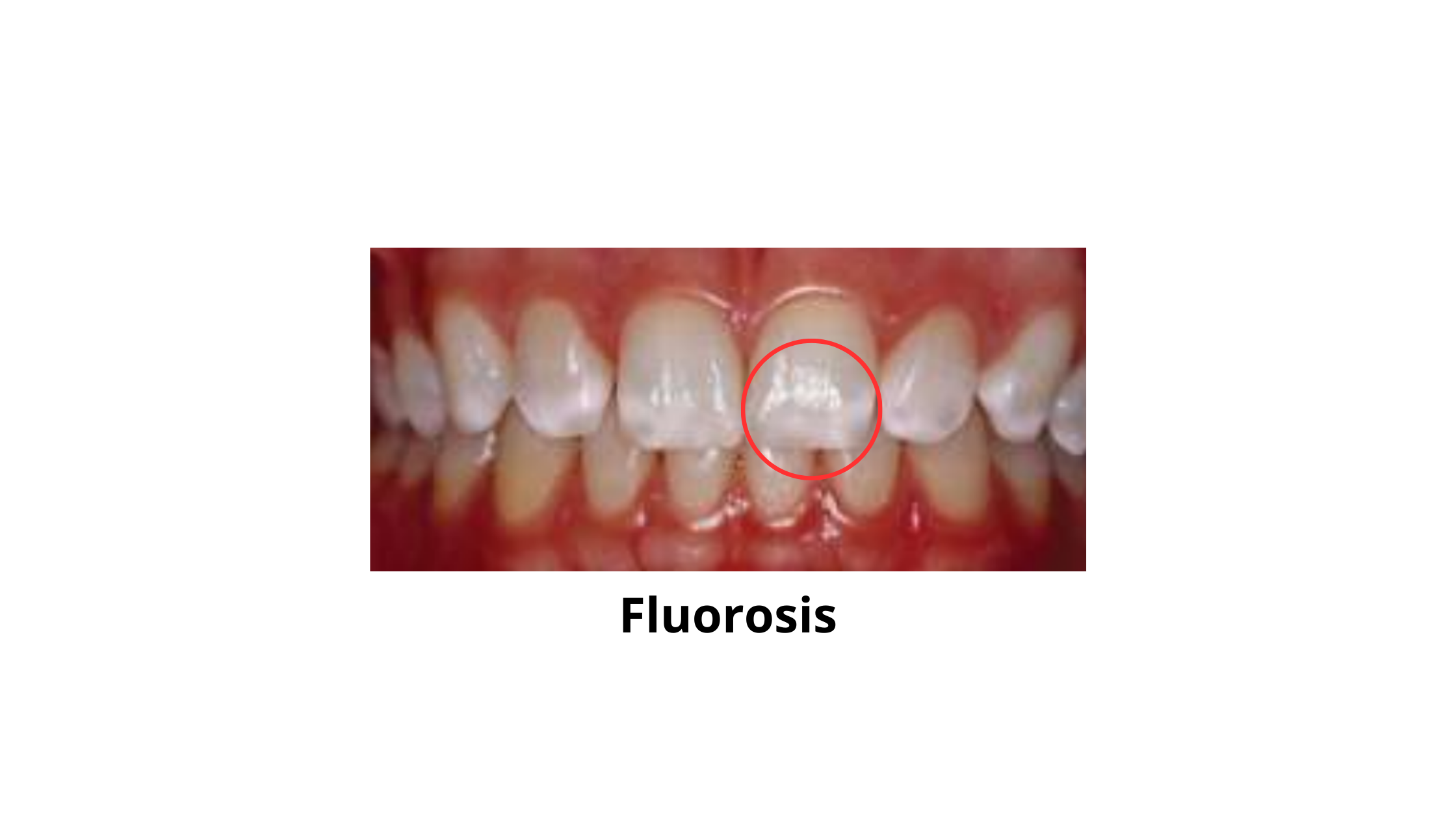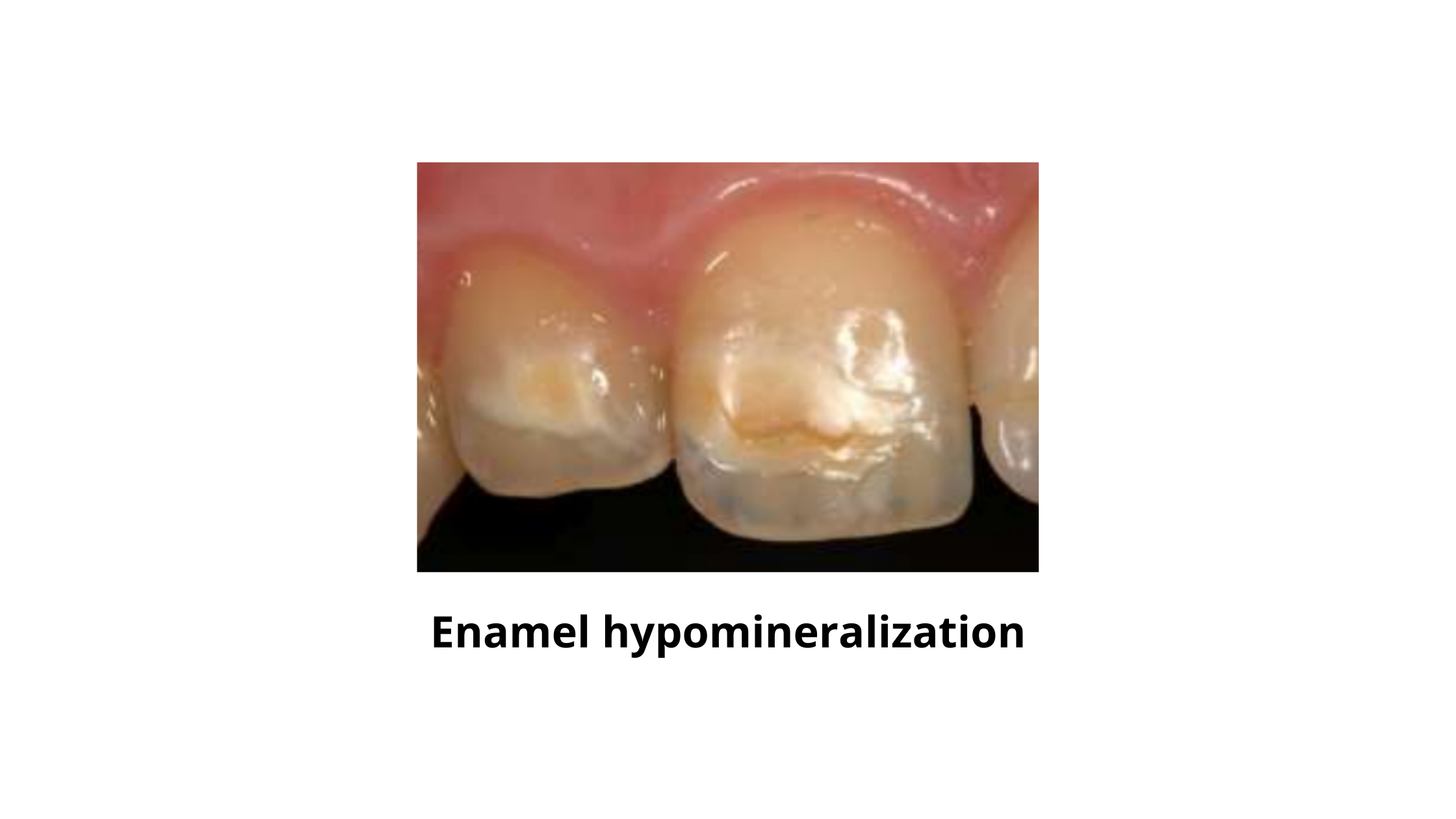Understanding Icon Resin Infiltration: A Comprehensive Guide
 Looking for a less invasive way to treat early-stage tooth decay and white spots on your teeth?
Looking for a less invasive way to treat early-stage tooth decay and white spots on your teeth?
Icon resin infiltration might be the solution you need! Read on to learn more about this innovative treatment and its benefits.
Key takeaways:
- Icon resin infiltration is a dental procedure that treats early decay (white spots) and other types of tooth defects limited to the outer enamel layer.
- It is minimally invasive and painless, allowing for faster results in just one visit, without the removal of healthy enamel.
- The procedure involves applying a specially formulated resin material to the surface of the affected tooth, which diffuses into the enamel to fill and reinforce areas of demineralization, preventing further decay and improving the appearance of white spot lesions.
- Icon resin infiltration is not a substitute for traditional cavity treatment and is not an option for deep lesions or in case of allergy to the materials used during the procedure.
What is Icon resin infiltration?
Icon resin infiltration is a dental procedure that can treat early decay (white spots), as well as other types of tooth defects limited to the outer enamel layer.These defects might include things like fluorosis and hypocalcified enamel lesions, also known as "hypo" spots.
What differentiates Icon resin infiltration is that it is a minimally invasive dental treatment.
Unlike other options, such as composite fillings or veneers, Icon resin infiltration does not require the removal of healthy enamel. Therefore, it is a painless procedure allowing for faster results in just one visit.
It involves applying a specially formulated resin material to the surface of the affected tooth, which then diffuses into the enamel to fill and reinforce areas of demineralization.
This process helps to prevent further decay and improve the appearance of white spot lesions, resulting in a smoother, more even tooth surface.
How does Icon resin infiltration work?
To understand how the Icon technique works, we need to take a closer look at those white spots on our teeth.Our enamel is made up of minerals that form crystal-like structures (hydroxyapatite).
When we eat sugary foods, harmful bacteria in our mouths break down those sugars and create acid. This acid can eat away at our enamel, causing demineralization.
But don't worry! Our mouth has a natural way of fixing this. When our mouth's acidity is back to normal, minerals like calcium, phosphorus, and fluoride can rebuild our enamel's surface.
But if this balance isn't restored, our enamel can become porous and lose significant minerals. When light enters these porous areas, it doesn't scatter the way it normally would and creates those white spots we all want to avoid.
 So, how do we fix this? That's where Icon resin infiltration comes in. By using a special resin material that's similar to enamel, we can fill in those porous areas and stop the decay process. This resin also naturally helps diffuse light, making those demineralization areas disappear and giving our teeth a more natural appearance.
So, how do we fix this? That's where Icon resin infiltration comes in. By using a special resin material that's similar to enamel, we can fill in those porous areas and stop the decay process. This resin also naturally helps diffuse light, making those demineralization areas disappear and giving our teeth a more natural appearance.
When will you need the procedure?
Here are the cases where you might need the Icon procedure:1. To stop tooth decay from progressing further:
Icon resin infiltration is effective in treating the early stages of tooth decay, particularly when the lesion is limited to the enamel surface.
It's a less invasive approach that can help to stop and even reverse the early white spot lesions by preventing acids from eating away at the tooth minerals.
This prevents the tooth from losing more minerals and stops the carious process from continuing.
2. Cosmetic concerns:
Icon resin infiltration can also address certain cosmetic concerns, especially the white discoloration that affects the front teeth in the smile zone.
Icon treatment can help by infiltrating the enamel, allowing light to diffuse evenly on the tooth and restore its natural appearance. The most common situations include:
- White spots due to braces: These lesions are often found in people with braces, as the brackets and wires can make it difficult to clean and remove plaque buildup from the teeth.
- Fluorosis: When the teeth are exposed to too much fluoride during their development, white spots or streaks can appear on the enamel. The excess fluoride can also cause the enamel to become more porous, making it susceptible to demineralization and the formation of white spot lesions.
- Enamel hypomineralization: This occurs when the enamel is not fully mineralized, making the teeth appear discolored or chalky.



The procedure:
The Icon resin infiltration procedure involves several steps:- Preparation: The dentist will start by cleaning the tooth surface to remove any plaque or debris. Then, the tooth will be isolated and dried using cotton rolls or a rubber dam.
- Acid gel application: An acid gel is applied to the tooth surface for a few seconds to etch the enamel and create tiny pores that allow the resin to penetrate. The acid is then rinsed off with water, and the tooth is dried again.
- Resin application: The dentist will apply the Icon resin material to the tooth surface using a small brush, covering the white spot lesion. The resin material is left on the tooth for about 3 minutes to allow it to penetrate the enamel and infiltrate the pores created by the acid gel.
- Curing with blue light: After the resin material has been applied, it is cured using a special blue light for about 40 seconds. The light helps to harden and bond the resin to the tooth surface.
- Reapplication: In some cases, the dentist may need to repeat the resin application and curing process a second time to achieve the desired result.
- Polishing: Once the resin has hardened, the dentist will polish the tooth to smooth out any rough edges and ensure a natural appearance.